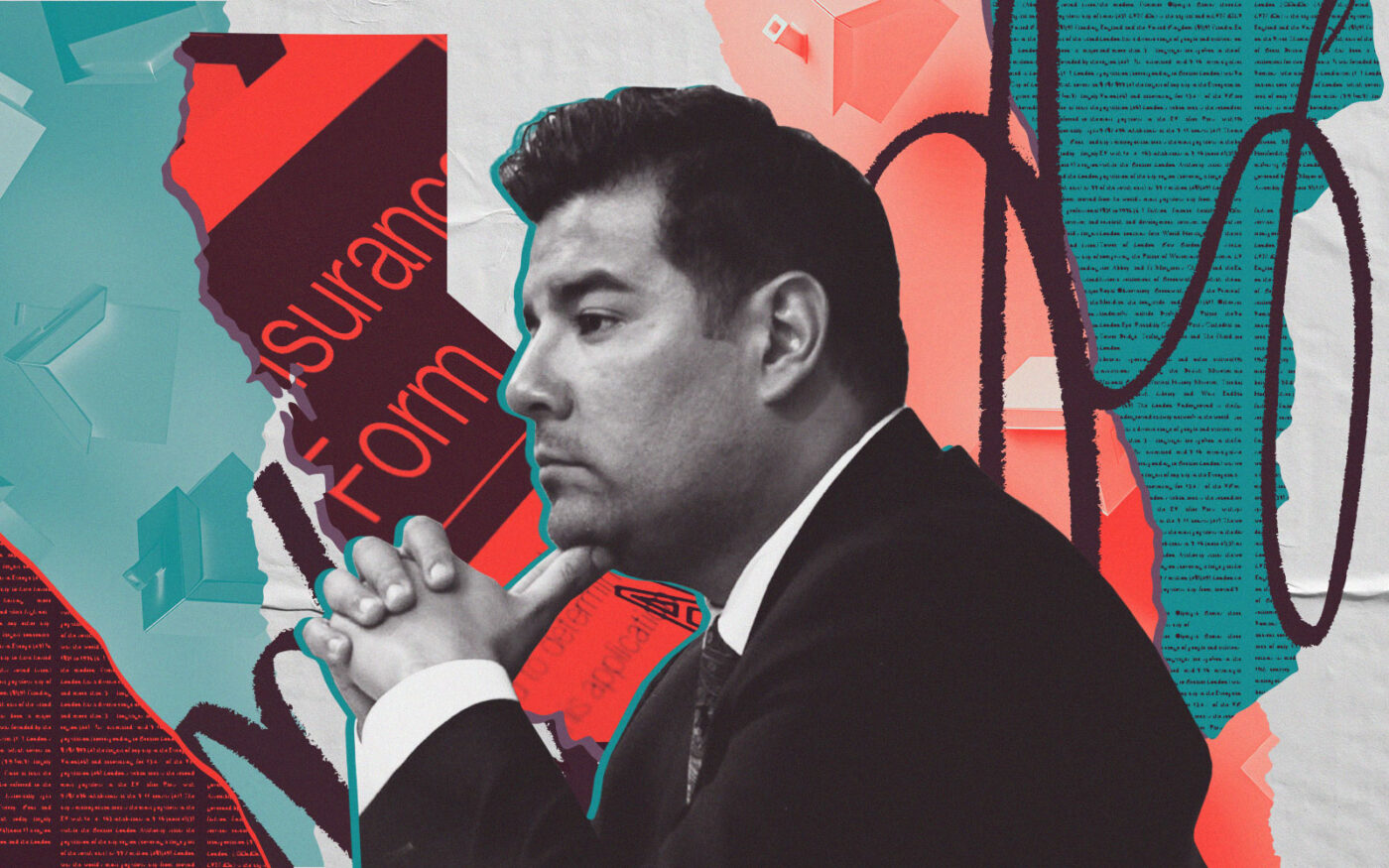The state’s fire insurer of last resort is now the fastest-growing player in the market as private insurance firms cut back or pull out because of severe wildfires and soaring construction costs.
The California FAIR Plan Association has nearly tripled in size over six years to 365,694 policies, from 126,709 policies in 2018, the Sacramento Business Journal reported. In February, the FAIR Plan wrote a record-breaking number of policies for the month.
The upshot is more people are being shoved into the riskiest pool of insurance. The state FAIR Plan is meant to serve as a temporary bridge to keep people insured until they obtain a private policy.
“The numbers are frightening. You should be scared. Everyone should be scared,” said Mark Sektnan, vice president in California for the American Property Casualty Insurance Association, a national trade group based in Washington, D.C. “The FAIR Plan is probably the fastest-growing insurance company in the state.”
The jump comes as most of the “voluntary insurance companies” in the state are either not writing new policies or have pulled out of the market, with at least one warning of “insolvency.”
While the undisclosed number of February policies in the FAIR Plan set a monthly record, it’s possible that even more homeowners have helped set records since. But FAIR Plan officials aren’t returning calls from reporters to focus resources on keeping up with demand, according to a spokesman.
The nonprofit FAIR Plan is an association of all the insurance companies that do business in the state. Meant to be an insurer of last resort, it was set up in 1968, when brush fires and riots made some areas uninsurable by the private sector.
FAIR stands for Fair Access to Insurance Requirements, and it was meant to be an interim solution.
Now with more areas being deemed too risky or impossible to insure in the wake of catastrophic wildfires, the FAIR Plan is becoming a large high-risk pool. That means it could suffer catastrophic loss if one of the areas where it has a lot of policies were to burn.
Under the FAIR Plan, homeowners can pay two to four times what previous voluntary coverage cost for a more limited policy that doesn’t give as much protection or value. What it does provide is base insurance coverage required for any property with a mortgage.
Carmen Balber, executive director of Los Angeles-based Consumer Watchdog, agreed that the FAIR Plan is probably the fastest-growing insurer in the state, considering that insurance companies are largely declining new policies.
Consumer Watchdog wrote Proposition 103, which was approved in 1988 and has set insurance rules for nearly 30 years. “Californians don’t want to be on the FAIR Plan as much as the FAIR Plan doesn’t want them on it,” Balber said.
The FAIR Plan now insures 4 percent of all fire policies on properties in the state, up from 1.2 percent in 2017. Hilary McLean, a FAIR Plan spokeswoman, said in January that 90 percent of FAIR Plan customers were renewing their policies for another year, CalMatters reported.
The FAIR Plan has also seen its exposure rise to $340 billion in March, more than triple its exposure of $112.7 billion in 2019.
If the FAIR Plan runs into trouble, all the insurers in the state take a pro-rata share of filling the gap. That’s a scary prospect for insurance companies, with policies squeezed into the most fire-prone areas.
“Concentrating all the high-risk customers into one pool doesn’t make sense,” Michael Soller, spokesman for the California Department of Insurance, now working on a Sustainable Insurance Strategy to make California more attractive to insurers, told the Business Journal.
Gov. Gavin Newsom’s office announced last fall it intends to write a workable plan this year. Last month, California Insurance Commissioner Ricardo Lara released a framework meant to lure insurance companies back to writing new homeowners policies in fire-prone areas.
— Dana Bartholomew
Read more



